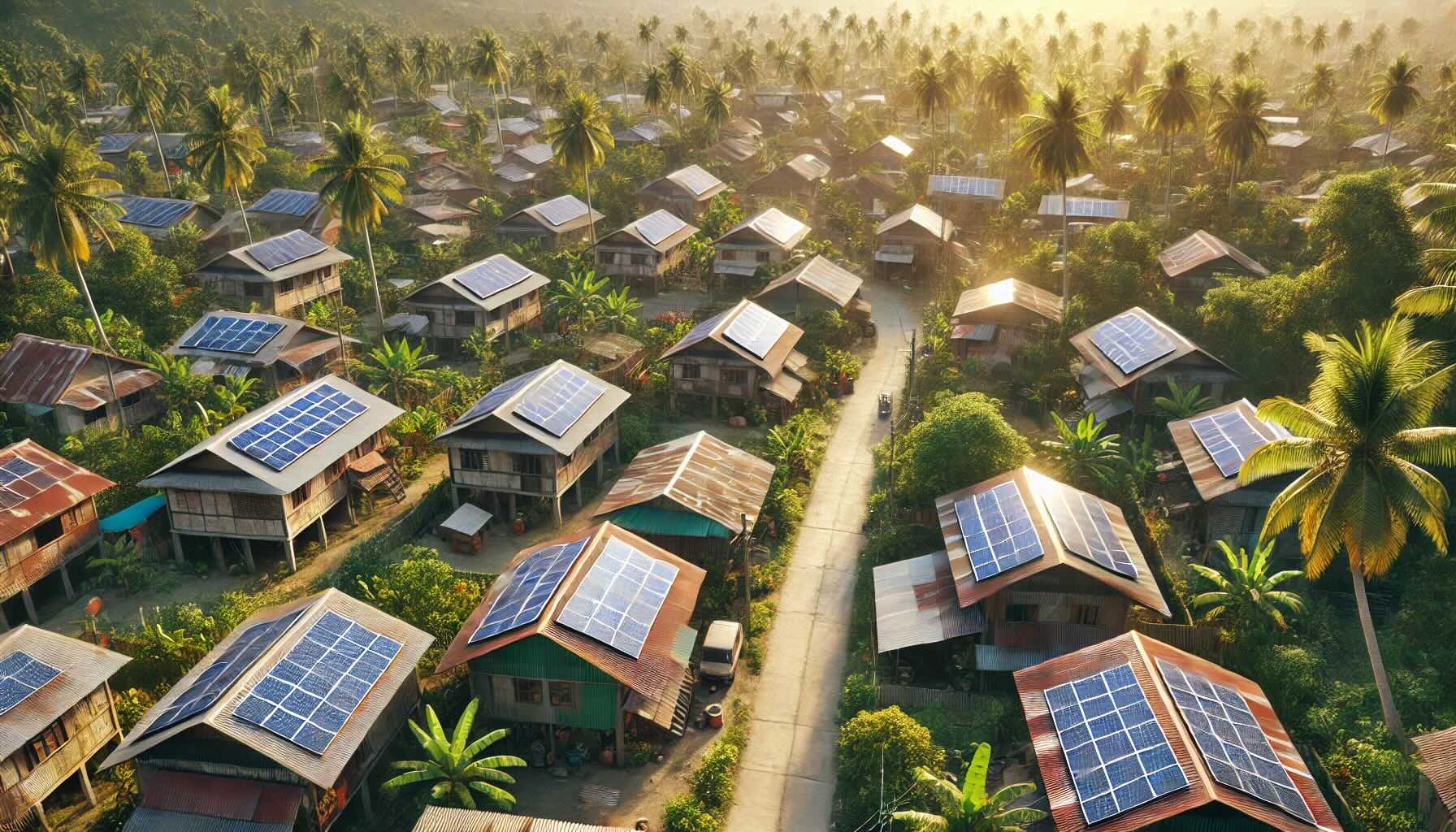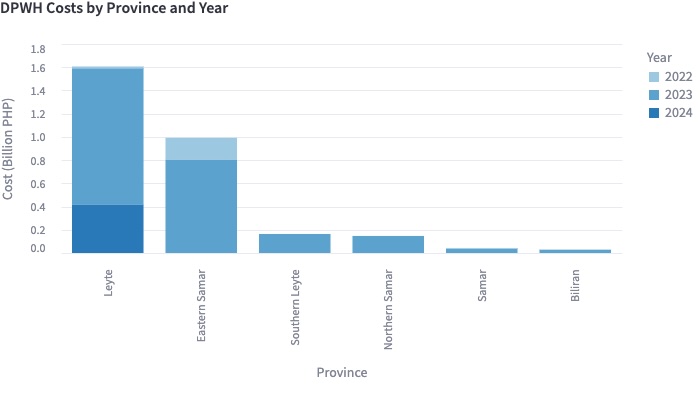The Solar opportunity

Solar energy is a key player in the global move towards sustainable and renewable energy. As climate change becomes an increasingly urgent issue, solar power offers a clean, abundant, and cost-effective way to reduce greenhouse gas emissions and promote a low-carbon future.
In the Philippines, solar energy adoption has grown rapidly in recent years. Technological improvements and decreasing costs of solar panels have made it more accessible. Large-scale solar farms and rooftop installations are becoming more common, providing cleaner energy options for households, businesses, and the national grid. This progress aligns with global trends, as highlighted by the International Renewable Energy Agency (IRENA), which reports consistent growth in solar capacity worldwide.
Solar energy is also transforming transportation. The electrification of vehicles—from cars to public transport—relies on renewable sources like solar power to ensure sustainability. In the Philippines, the shift to electric vehicles faces significant challenges due to unreliable electricity supply and high costs, which hinder widespread adoption despite growing interest. If the electricity system is not fixed properly, relying on EVs becomes impractical and counterproductive.
However, solar energy is not the sole solution. A sustainable energy future requires a balanced mix of renewables, including wind, hydro, and geothermal energy. It is also important that the manufacturing of renewable energy sources focuses on sustainability and decreasing environmental impact. Together, these sources create a resilient system capable of meeting the Philippines’ and global energy demands.
Table of Contents
Solar Projects by DPWH
Most funds were directed towards projects in Leyte, particularly Tacloban City, and Eastern Samar, while other provinces, such as Southern Leyte, Northern Samar, Samar, and Biliran, received far fewer projects and resources. The initiatives primarily included solar streetlights, solar studs, and solar water systems. Despite this, solar investments remain modest compared to the over PHP 80 billion allocated for road infrastructure projects, underscoring the need for more substantial commitment to renewable energy development.


Given these limitations, solar streetlights are most suitable for areas lacking grid access, particularly in rural countryside settings. Yet, the current implementation often defies this logic. A significant number of solar streetlight projects are concentrated in Tacloban City, a highly urbanized area with existing grid infrastructure. This paradox is exemplified by images of solar streetlights installed next to electricity poles entangled with cables—where a grid-connected light would be more practical and cost-effective. Instead of investing in solar solutions in such areas, the focus should shift to repairing and optimizing existing infrastructure to maximize efficiency and resource use.
Becoming independant with your own PV-System
The drop in solar panel and battery prices has also made home photovoltaic (PV) systems more accessible. Panels now cost as little as PHP 10-15 per watt, and advanced LiFePO4 battery banks with a 15 kWh capacity are available for just over PHP 100,000. These advancements allow homeowners to install PV systems capable of powering appliances, air conditioning, and other household needs, with a return on investment (ROI) achievable in 4-5 years. However, switching to solar requires careful planning and consideration to ensure an effective and sustainable setup.
1. Preparation and Awareness
- Get Involved in the Process: It’s crucial to be genuinely interested and involved in the installation process, even if someone else will be handling the setup and maintenance. By being involved from the beginning, you’ll have a better understanding of the system and be able to make adjustments that suit your needs. For instance, during the cable work in your house, installers may opt for the quickest or easiest routes. However, you might prefer to avoid having visible cable channels running through a particular room. Taking the time to review the plan and suggest changes will ensure that the system aligns with your preferences.
- Track Electricity Usage: Start by becoming aware of your electricity usage patterns. Monitor how much energy you’re using and how it fluctuates throughout the day. The best way to track this is by installing a meter at your main junction box to get a comprehensive view of your consumption 24/7. This will help you understand peak demand times, how much power is consumed after sunset, and the impact of appliances like air conditioners, refrigerators, and water pumps. By tracking your usage, you’ll also become more energy-aware and make informed decisions on energy conservation.
- Ensure Proper Grounding: Grounding your house's electrical network is critical for safety and system reliability, especially when installing a PV system. While grounding is often overlooked in the Philippines, it protects your appliances, reduces the risk of electrical shocks, and prevents damage during power surges or lightning strikes. Even if you don’t plan to install a PV system, it’s advisable to have your house properly grounded by a professional electrician to ensure safety.

2. Site Assessment and Setup
- House and Roof Evaluation: Before installing solar panels, assess the space available on your roof. How much room do you have for the panels? What is the roof's angle, and which direction does it face? These factors will affect the performance of the panels. Additionally, determine the best location for your battery and inverter. Inverters are typically wall-mounted or placed on the ground in weatherproof boxes. While modern inverters are equipped with IP67 waterproofing, it is still advisable to ensure they are placed in a clean, dry environment with minimal dust and humidity, as these are the primary contributors to wear and tear. Also, consider the risk of small animals like geckos, which could damage the inverter if they gain access. For example, some inverters have cooling fans that might fail if the inverter shuts down, allowing animals to cause damage inside the unit.
- Cable Planning: Planning the cable routes is essential. Make sure the installation process is as straightforward as possible and doesn't involve drilling through too many walls or other structures. If you’re in the process of building your house, inform the electrical engineer that you plan to install a PV system so they can account for extra cabling needs in the design.
- DIY Installation and Community Involvement: While professional companies are available to install PV systems, their services can come at a significant cost. For those looking to reduce expenses and build a better understanding of their system, a DIY approach is an option. Many tasks, such as panel installation and wiring, can be done with the help of a barangay electrician or other local experts. Involving community members not only lowers costs but also fosters knowledge-sharing and community development. By participating in the installation process, homeowners are better equipped to perform maintenance and troubleshoot issues independently in the future.
3. Solar Panel Performance
- Performance in Different Conditions: Even on cloudy days, your solar panels will still produce electricity, although the output will be lower compared to sunny days. However, this isn’t necessarily a problem, as during cloudy days, you may not need the air conditioner or other high-power appliances, and the reduced output could still meet your needs. On sunny days, particularly in regions like the Philippines, solar radiation can exceed expectations, leading to higher energy production than the nominal rating of the panels. For example, a 500W panel could produce up to 600W of electricity during peak sunlight around noon.
4. Inverter Sizing and Electrical Load Considerations
- Account for Electric Motor Spikes: When deciding the size of your inverter, take into account the startup spikes of electric motors. Motors, like those in water pumps, can draw up to three times their rated power when starting up. For instance, a 1HP (around 750W) water pump could briefly draw up to 2.3kW during startup. While modern inverters can handle short-duration spikes, it’s important to ensure that your inverter is sized appropriately to accommodate these power surges without damaging the system.
5. Grid Connection vs. Off-Grid Setup
- On-Grid vs. Off-Grid: When deciding between an on-grid and off-grid system, consider your local electricity grid's reliability. An on-grid system does not require batteries and allows you to sell excess electricity back to the grid through net-metering, which can significantly reduce your electricity bill. This is the most affordable option if you live in an area with a stable and reliable grid. However, in places like Eastern Visayas, where blackouts are common and the voltage is unreliable, an off-grid system is a more practical choice. Off-grid systems are more expensive due to the need for batteries, but they are essential for ensuring power availability during outages. You can still integrate a grid connection with an off-grid system by allowing the inverter to charge the batteries from the grid when necessary, or by using an Automatic Transfer Switch (ATS) to switch to the grid if the PV system cannot meet demand due to insufficient solar energy.
6. Component Maintenance and Warranty
- Component Warranty and Maintenance: It’s essential to understand the warranty terms for your PV system's components and the maintenance services the installer provides. Ensure that the warranty covers at least 4 years, as by this time you should have recouped your investment (ROI). With proper maintenance, your panels can last up to 20 years, and batteries with 4000 cycles can last for about 10 years before experiencing a reduction in capacity (down to 80%). It's important to regularly maintain your system to maximize its lifespan and performance.
7. Typhoon Considerations
- Consider Typhoons in Eastern Visayas: Since Eastern Visayas is prone to typhoons, it’s crucial to consider how your solar panel system will perform during severe weather events. Ensure that the panels are either partially shielded from strong winds and flying debris or that they can be easily removed if necessary. Panels should be securely mounted, and the structure should be able to withstand typhoon-strength winds to avoid damage to both the system and your property.
The Tool

Conclusion
The electricity situation in Region 8, particularly in rural areas, remains challenging. Many communities face frequent outages, unreliable supply, and high electricity costs, which significantly impact their quality of life and economic development. For private households, solar energy presents a viable alternative, offering a cleaner, more reliable, and cost-effective solution to these persistent issues. With the continued decrease in the cost of solar panels and batteries, investing in home photovoltaic (PV) systems is becoming increasingly accessible and practical.
However, the future of solar energy in the region lies not just in private initiatives but also in community-driven projects. Implementing solar solutions for schools, barangay halls, and even entire barangays can create a more resilient and sustainable energy network. These initiatives can reduce dependency on the grid, provide consistent energy for essential services, and foster a sense of shared responsibility for renewable energy. By focusing on collaborative efforts, communities can build a brighter and more sustainable future for everyone in Region 8 and beyond.